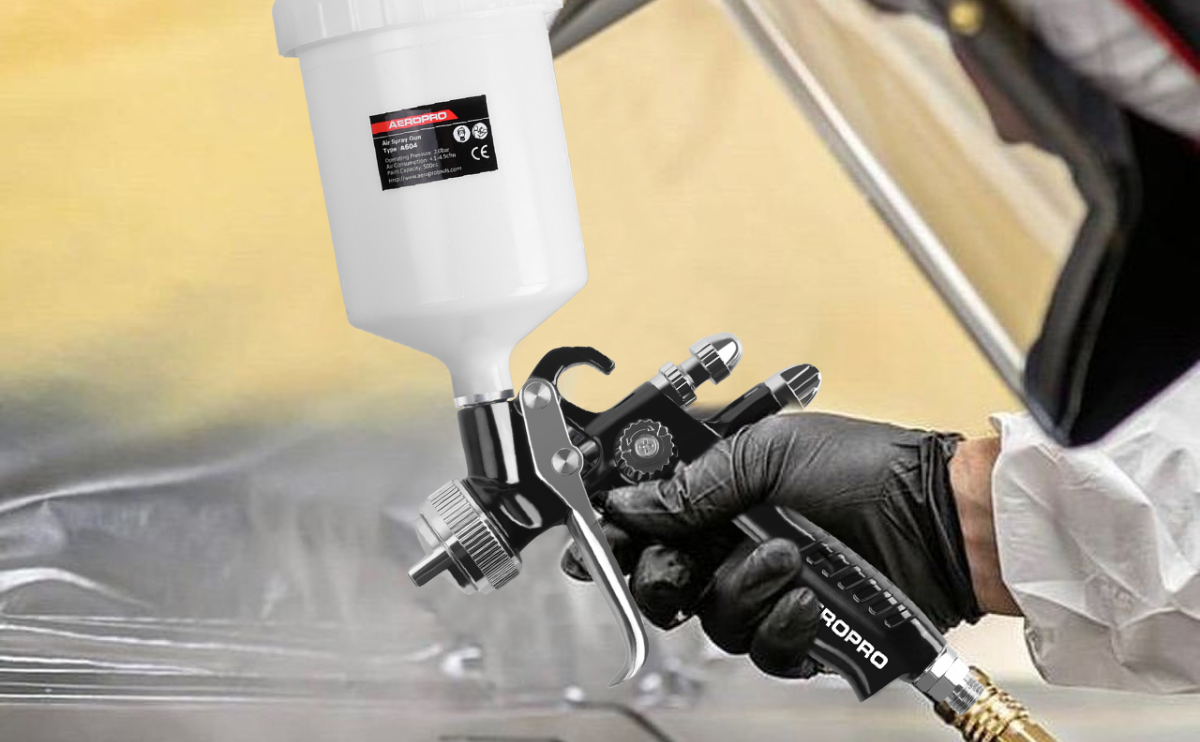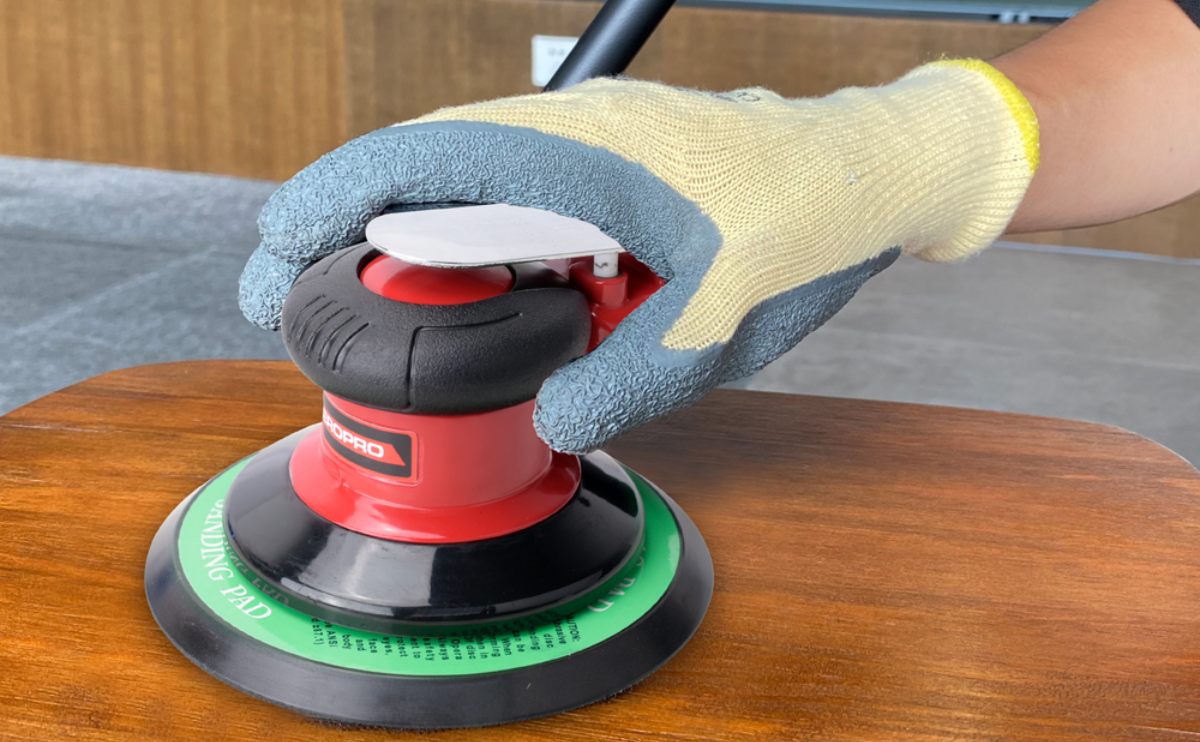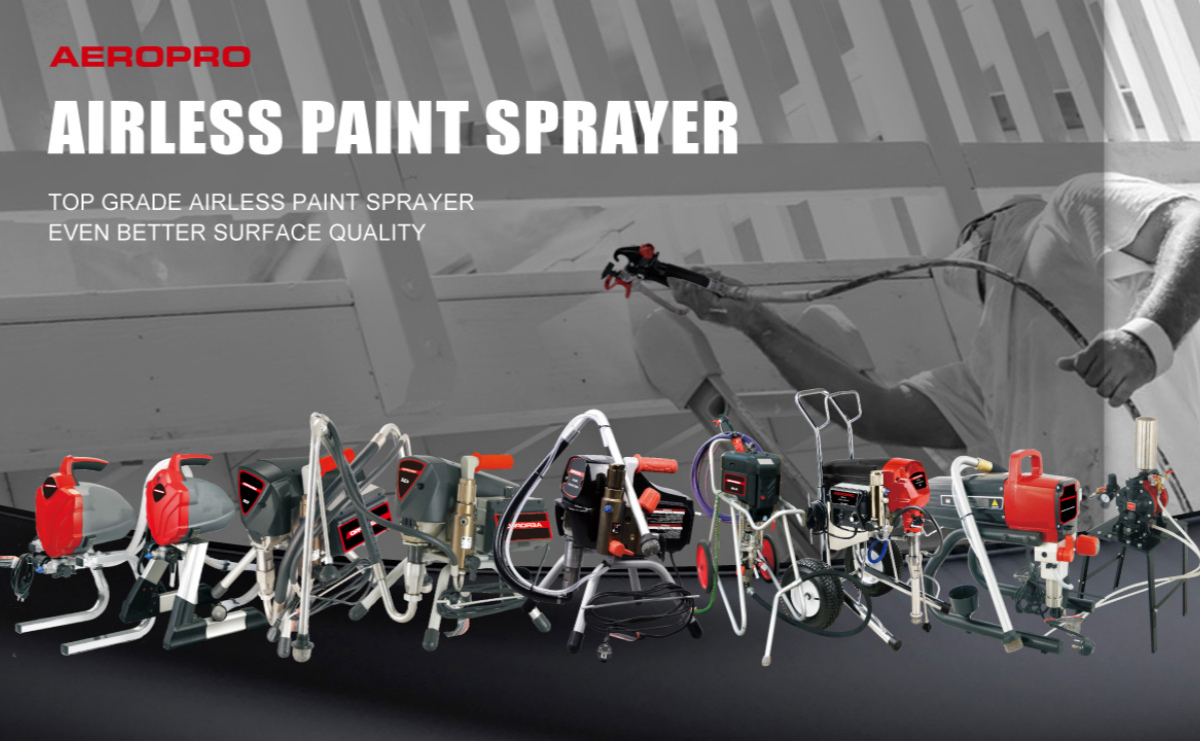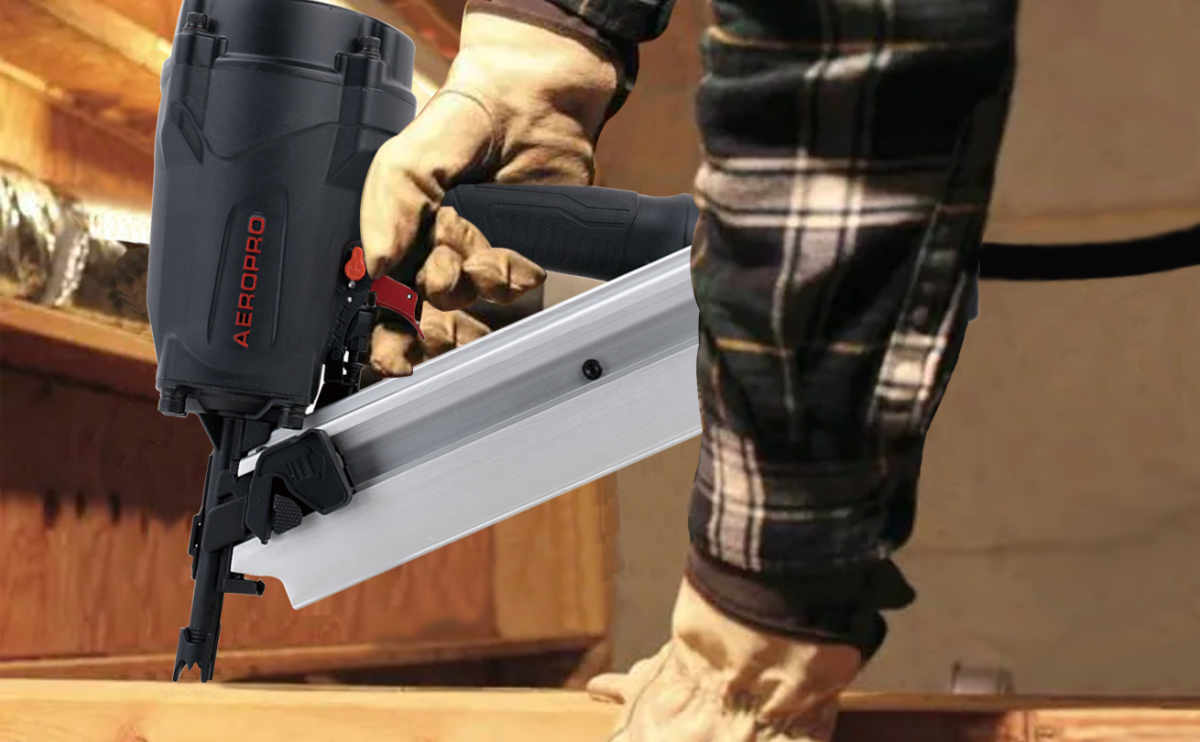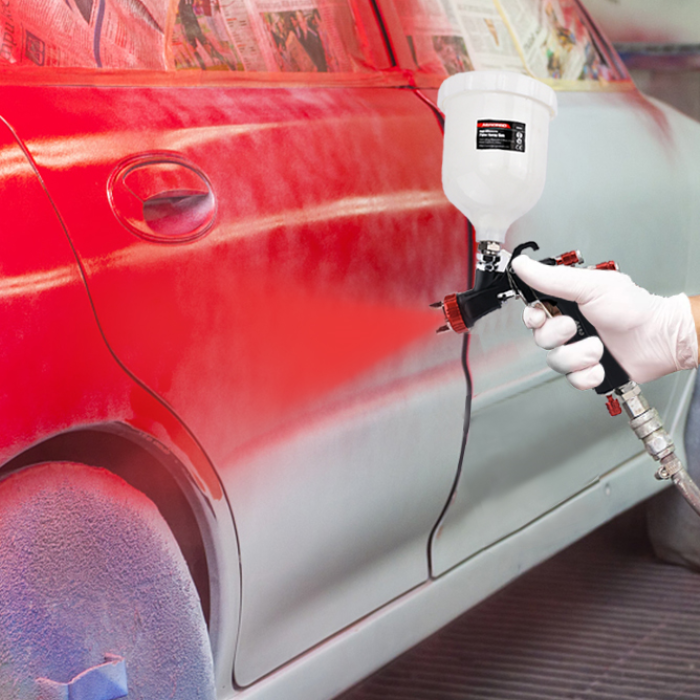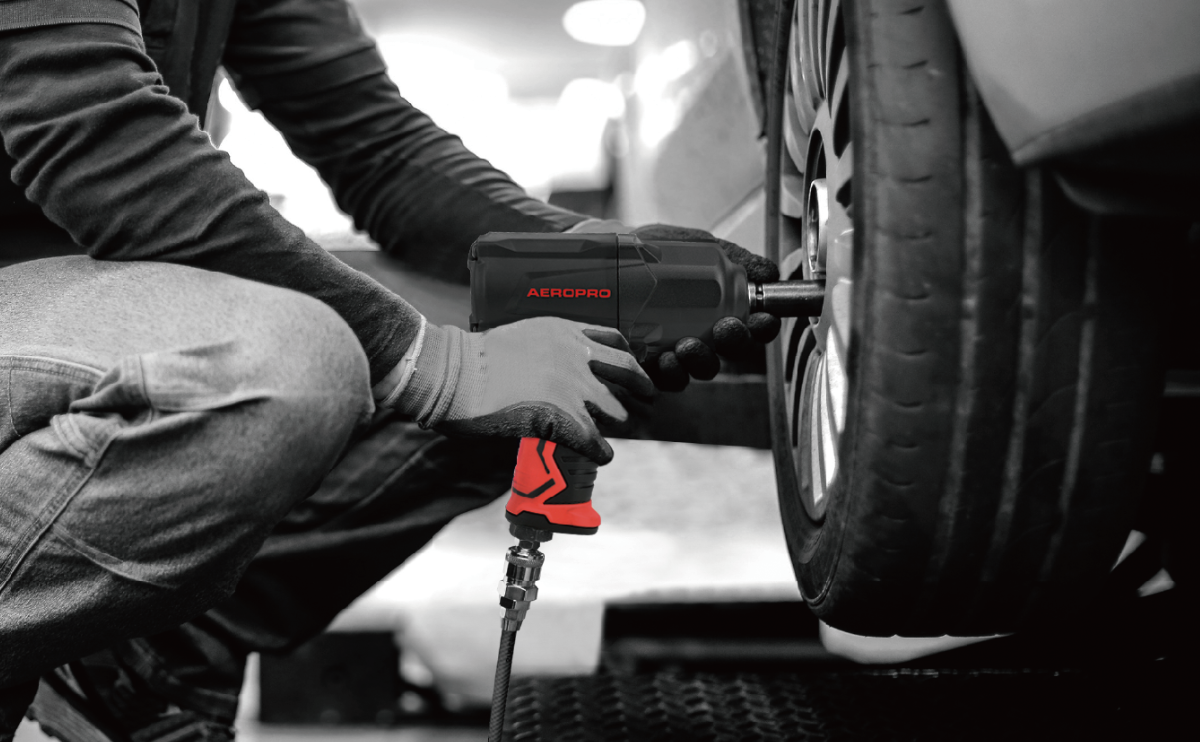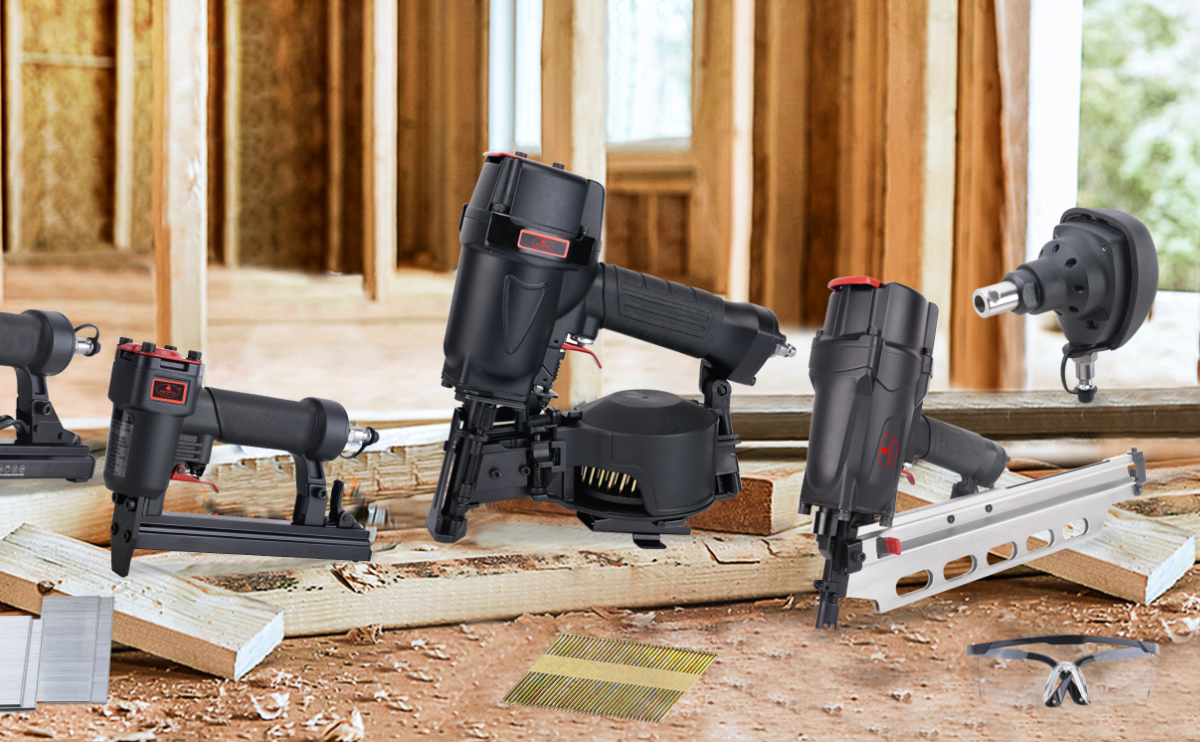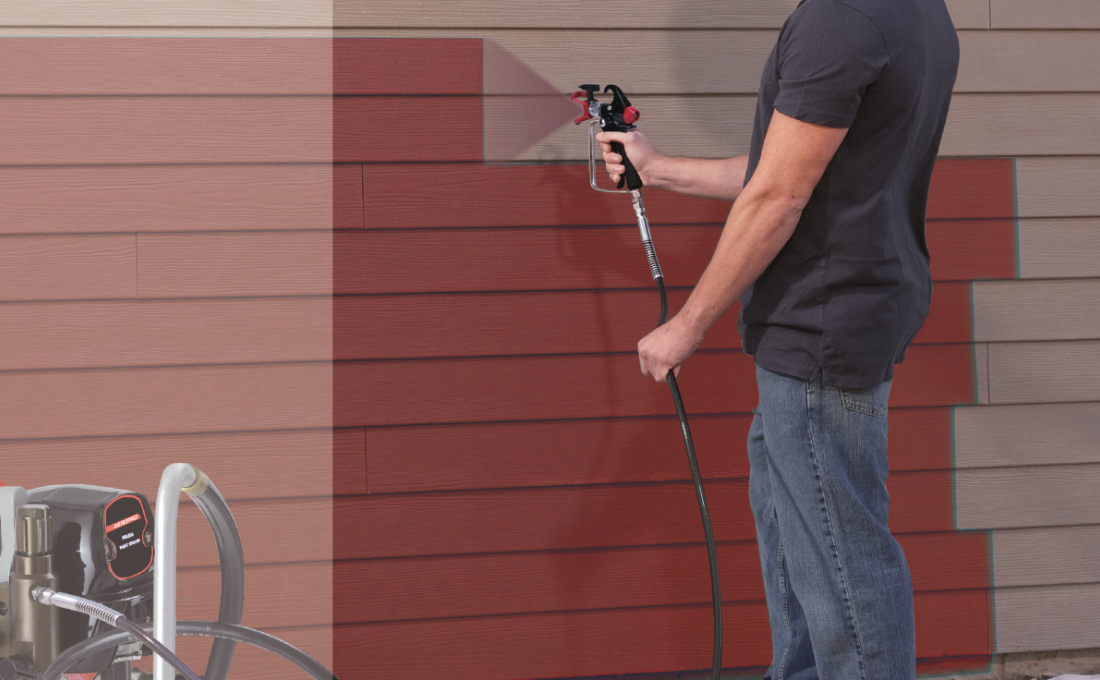The high volume, low pressure (HVLP) spray gun is a popular choice for applying paints, stains, and other coatings. For the best results when spraying with an HVLP gun, it’s important to understand the fundamentals of how these guns work and follow some key techniques.
How an HVLP Spray Gun Works
Inside the HVLP spray gun is a needle that moves back and forth to regulate the fluid flow. When the trigger is pulled, the needle retracts and allows paint to flow through the nozzle. The high volume of low pressure air blowing past the nozzle atomizes the paint into a fine spray pattern. The air cap at the front of the nozzle shapes the pattern into a fan or round shape. Adjusting the pattern, flow, and fan controls on the gun allows you to fine tune the spray to match your project needs.
HVLP guns are designed to operate at air pressures around 10 psi or less at the nozzle. This is significantly lower than the pressures used by conventional spray guns, which leads to a softer spray pattern and less overspray. The high volume of airflow also results in superior atomization for a finer finish.
Adjust the Fluid and Air Flows
HVLP guns have separate knobs to control the fluid and air flows. Proper adjustment is important for achieving an even pattern and minimizing overspray. Start with a lower fluid flow and higher air pressure, then adjust as needed. Increase fluid flow slowly until you get good atomization without too much overspray. Reduce the air pressure if the spray pattern is too light or sputtery. Adjusting the fluid and air takes some practice to balance, but is key for efficient material use.
Proper Gun Setup and Viscosity
Correct setup of the spray gun is important for good results. First, the material viscosity should be checked. Most HVLP guns work best with thinner paints and stains – around 25 seconds in a viscosity cup. Thick materials may require too much pressure, causing overspray problems.
If the paint is too thick, add the proper solvent to thin it. Next, adjust the air pressure regulator to the psi recommended for the gun, usually around 6-10 psi. Turn the fluid knob to fully open and test spray a pattern. Adjust the fan width and material flow controls until an even, feathered pattern is achieved.
Use an Air Cap Properly
The air cap directs compressed air around the nozzle to shape the spray pattern. Fan pattern air caps are common for broad surface spraying. Round spray caps provide more of a conical pattern for spraying rounded objects. Use lower air pressure with the round caps to prevent too wide of a pattern. Whichever style you use, position the air cap correctly based on the spray gun instructions to optimize the air flow.
Thin, Even Coats
The key to proper HVLP spraying technique is applying multiple thin, even coats rather than one heavy coat. Lightly mist the paint over the surface for the first coat. Allow to fully dry then sand any imperfections smooth.
Apply the next coats heavier but still using a high degree of overlap. Three to four coats should provide full, even coverage. Allow proper drying time between coats, the high transfer efficiency of HVLP minimizes paint waste from overspray.
Make any cooperation possible. Any services related to the product, inquire with us now! Sales@Aeroprotools.Com



